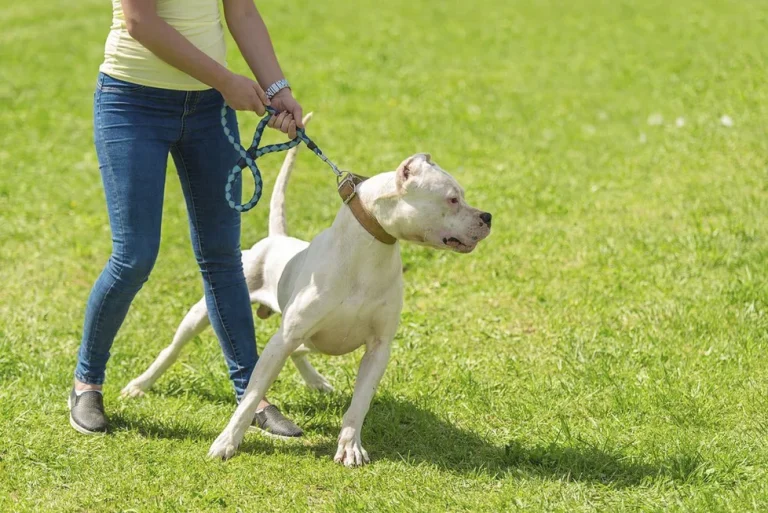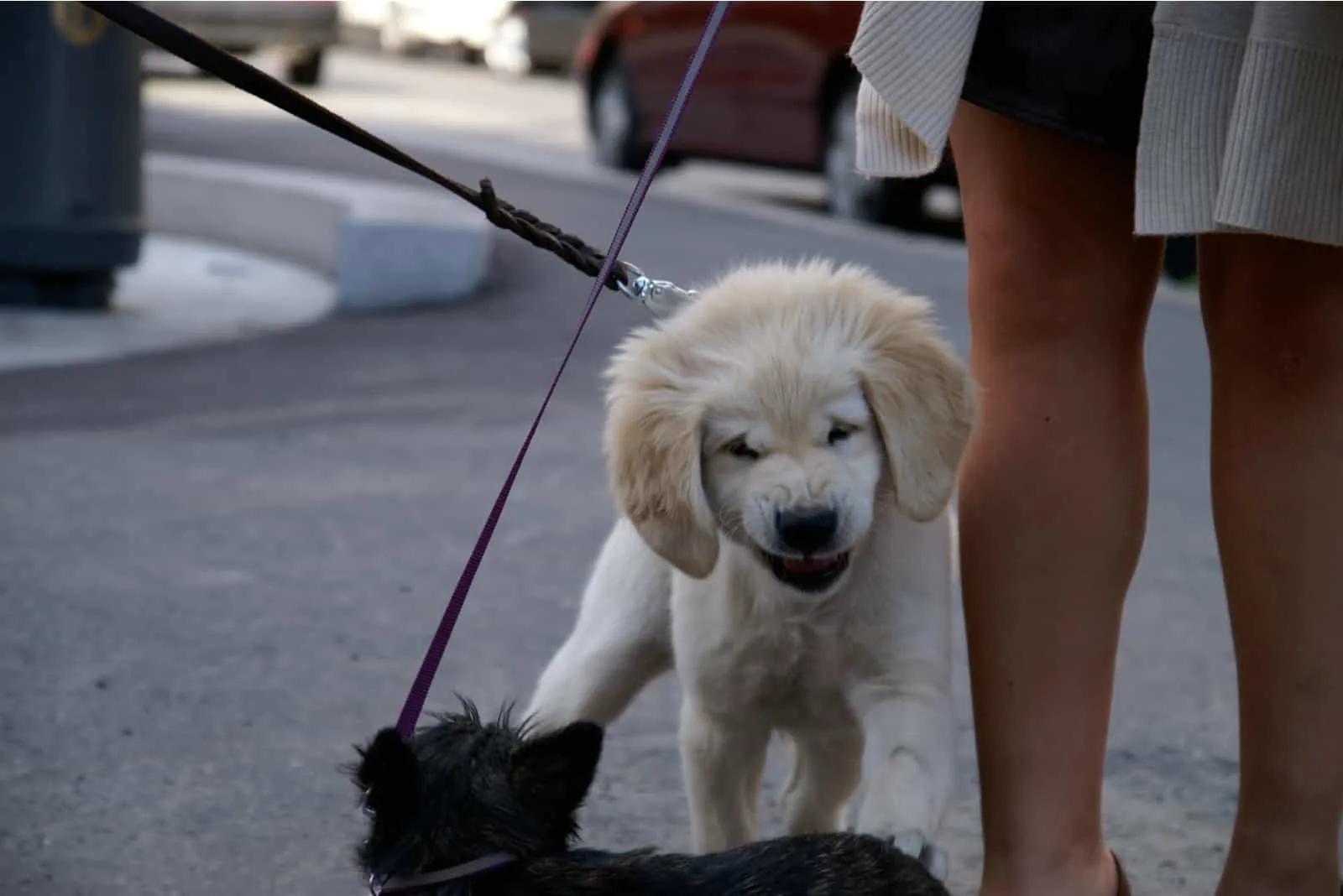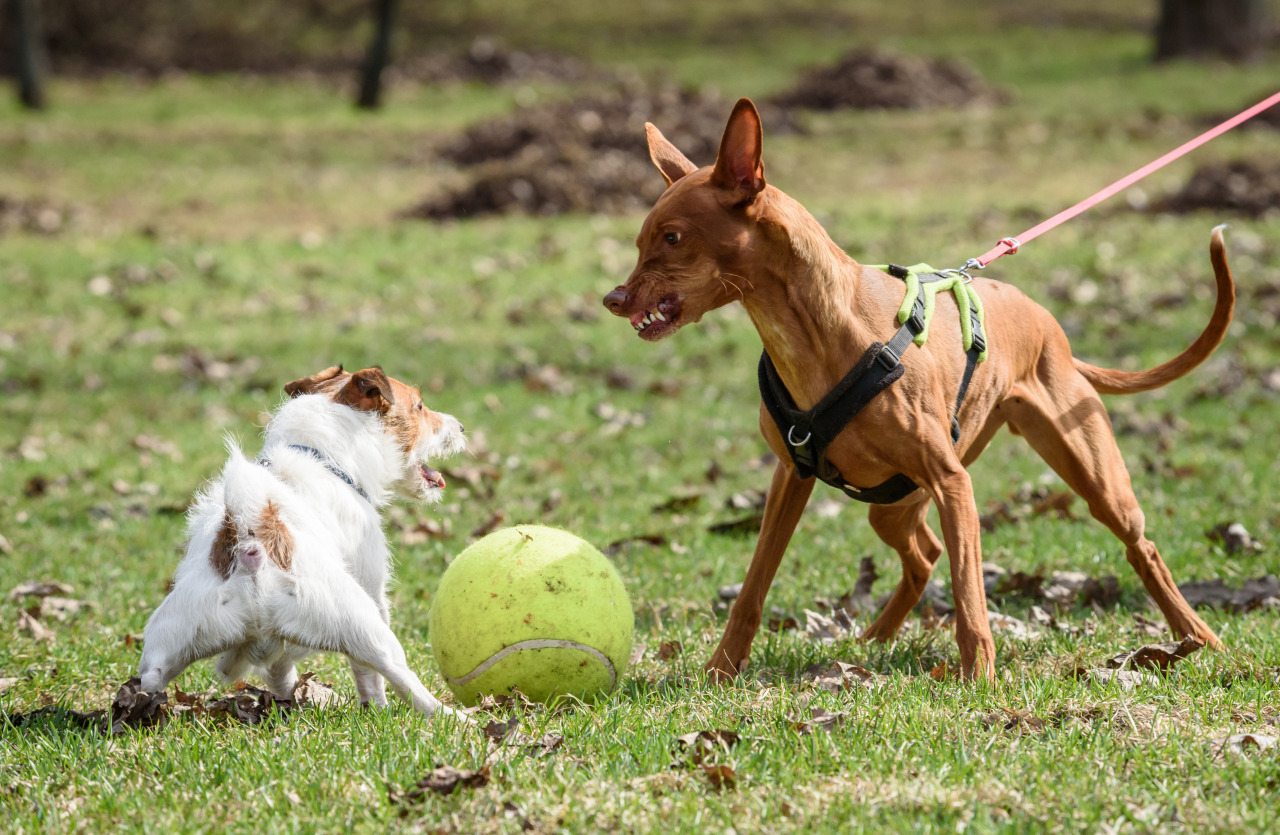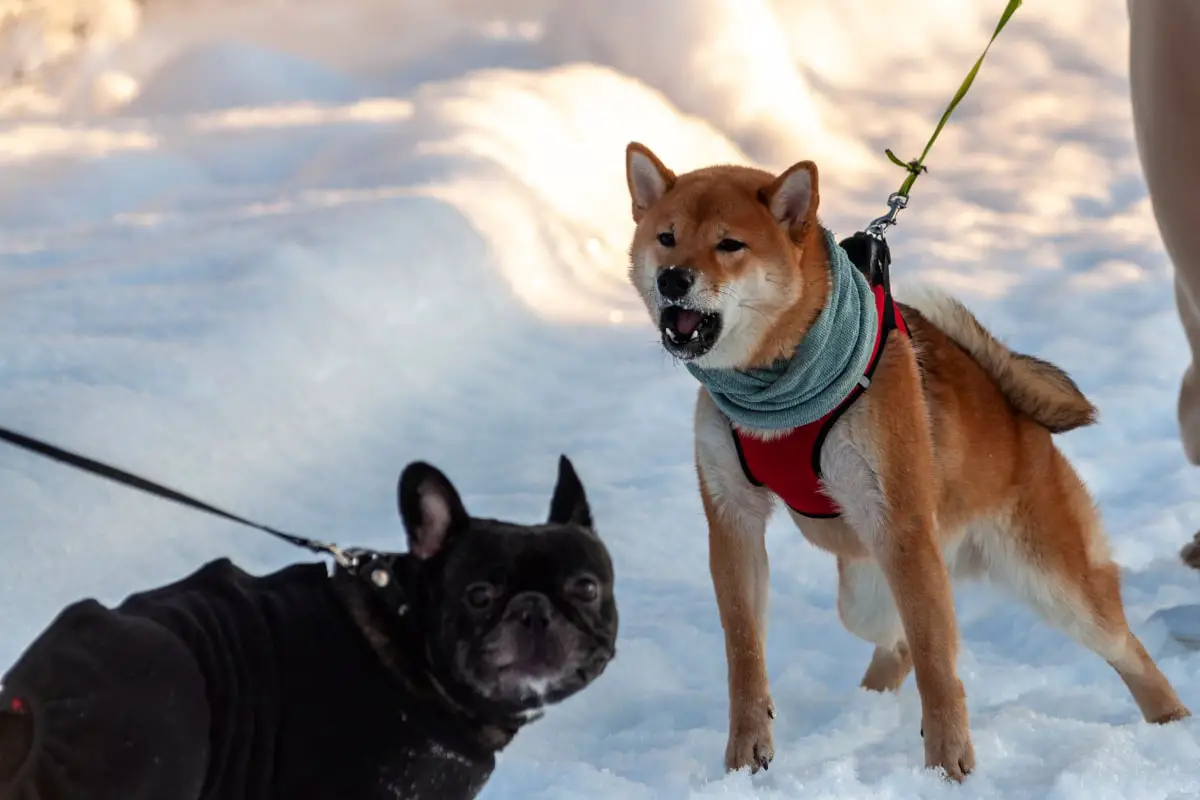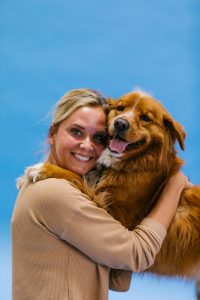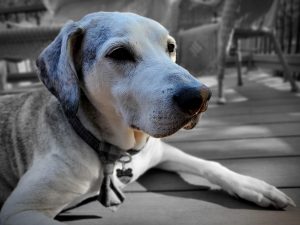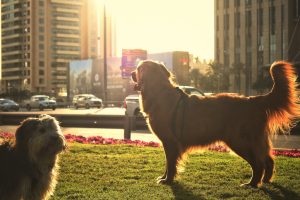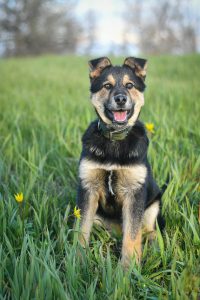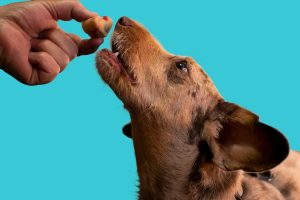Almost any owner has faced the problem with leash reactivity. It is no shame in admitting that you have a leash-reactive dog. It is a sham of hiding it, and not doing anything about the problem.
Or even worse, mishandling the situation. I have to say, I have seen far too many owners doing the absolutely worst thing they can do when their dog reacts on a leash. And that is punishing the dog or scolding it, or yelling at the dog.
Being on a mission to help any dog owner facing a leash reactive behavior, I will try to explain the problem completely.
What Is Leash Reactivity?
The simplest explanation is that leash reactivity is when your puppy overacts to a stimulus while being on a leash. Dogs can react to any trigger, something they have a negative association with. That can range from another dog, cars, people, other animals, and so on.
Usually, dogs display reactivity in the form of lunging, barking, or growling. Some show a fearful response or run away.
But where does this behavior come from? We have to understand how dogs communicate. And it is similar to how people communicate.
Here is a quick question. When you want to communicate with someone, do you go next to him, like, literally next to the said person, and whisper something in his/her ears? Or do you keep the personal space?
Well, it is the same with dogs. We do not want someone getting in our faces and communicating with us, right?
Why Dogs Do Not Like Meeting Dogs When Leashed?
With that in mind, we are now getting to the root of the problem. There is a reason why some dogs show reactive behavior when they are on a leash and are perfectly calm and well-mannered when they are not on a leash. Here is the problem with leashes.
- It makes your dog feel protective, sensitive, and upset when a stranger comes close to their beloved dog owner
- Leashes frustrate dogs. Some puppies are extremely excited about the prospect of saying hello to another dog, but the leash gets in the way, and they get frustrated
- Last, but not least, leashes make dogs fearful and feel caged. They do not allow them to escape the stimuli that are upsetting them. And that causes even more stress
The Big Problem With Meeting Dogs On A Leash
Here is the big problem when two dogs meet on a leash. Now, this doesn’t mean it happens always this way. Some pet parents have understood this and are trying to avoid the mistake.
But often, when our dogs meet on a leash, they are typically forced to approach head-on. This mean they are often unable to turn their bodies.
This forced body language, tells our dogs that we want them to fight with one another. You might be laughing now, but that is the message we are sending to our puppies when they meet head-on.
And because dogs do not want to fight, they display aggressive behavior that is designed to prevent the fight. Your dog growling is actually saying he doesn’t want to fight or approach the other dog. It is your dog’s way of saying make the threat go away.
What Shouldn’t You Do?
The big mistake a lot of owners make is correcting their dog for a perceived display of leash aggression. Some even force their dog to sit, lie down, or worse, scold their dog. The problem is that this method doesn’t correct your dog’s unwanted behavior. Instead, it teaches bad things.
- For example, correcting your dog teaches it that approaching dogs and people can cause punishment, and that increases their anxiety level in the future when dogs are approaching
- Correcting a dog for growling or barking may prevent them from barking in the future, a warning sign they use to communicate. Instead, in the future, your dog might turn to bite without a warning
- Correcting a dog that is stressed may redirect that aggression to another person
How To Neutrally Meet Dogs?
I talked before about how most of the time, owners make their dogs meet head-on. And I said some owners have figured it out, and they meet other dogs in a different way.
Now, you cannot do this with all dogs. But if you want to have a date with another puppy, you should never meet head-on.
Instead, you should focus on neutrality and calm behavior. How to do that? By walking the dogs side by side, and allowing them both space to enjoy the trail and sniff around. Lower the distance between the dogs as you are moving forward.
Teaching Calm Behavior
Another thing you can do is redirect your dog’s attention. It is a way of getting your dog’s attention and keeping it until the dog passes. Of course, reward while doing it.
This teaches your dog that seeing other dogs means good things, like delicious treats. Change the way your dog feels about meeting other dogs.
Now, I do not recommend this exercise for every dog you meet on the street. It might make your dog unsocial.
What Is The End Goal?
The end goal for any behavior change and modification is to have a calm and well-mannered puppy.
The goal of training a leash-reactive dog is to keep your dog below the threshold of frustration. This way, they can see the trigger of reactivity, but without getting upset.
Your goal is to change their reaction to the stimuli in front of them. You can do it only by starting at a distance that is below the threshold. In other words, a distance in which your fearful dog doesn’t react.
In the beginning, the trigger might need to be on the other side of the street. Your dog will see the stimuli, or the dog, be aware of the presence, but will not consider it a threat.
In the beginning, reward your puppy every time it looks at the stimuli, without showing signs of stress or reactivity. Reduce the distance gradually. Your ultimate goal is to work towards a closer distance, one that is safe for everyone around.
In this exercise, I do not recommend using a retractable leash. These leashes offer zero control and often put your dog at risk.
What Can You Do To Help Your Puppy?
Now let’s wrap it up with some extra tips.
- Practice getting your pup’s attention before you go out for a walk. You can do that by saying your dog’s name and rewarding it when it looks at you
- Do not rush your dog. If your puppy lunges or barks, you have gone too far and too fast
- Manage the environment for everyone’s safety, and keep your dog at a comfortable distance from other dogs
- Never approach other dogs head-on. If you find yourself approaching another dog head-on, go around them in an arc, and keep your dog’s attention. Reward for good behavior

